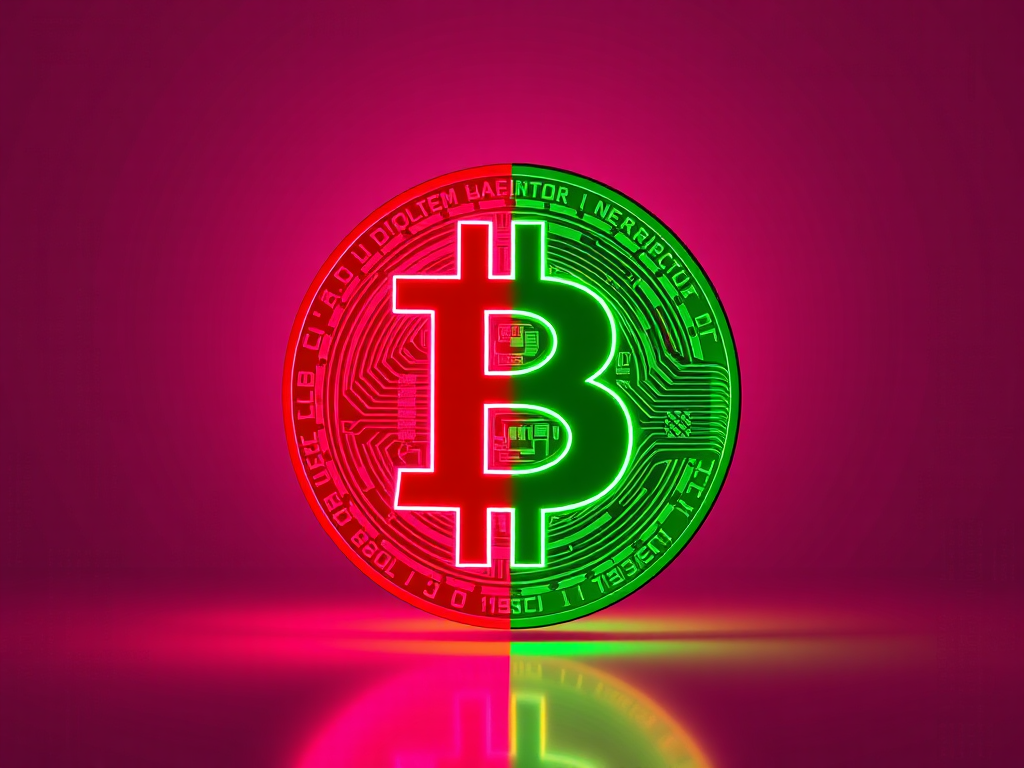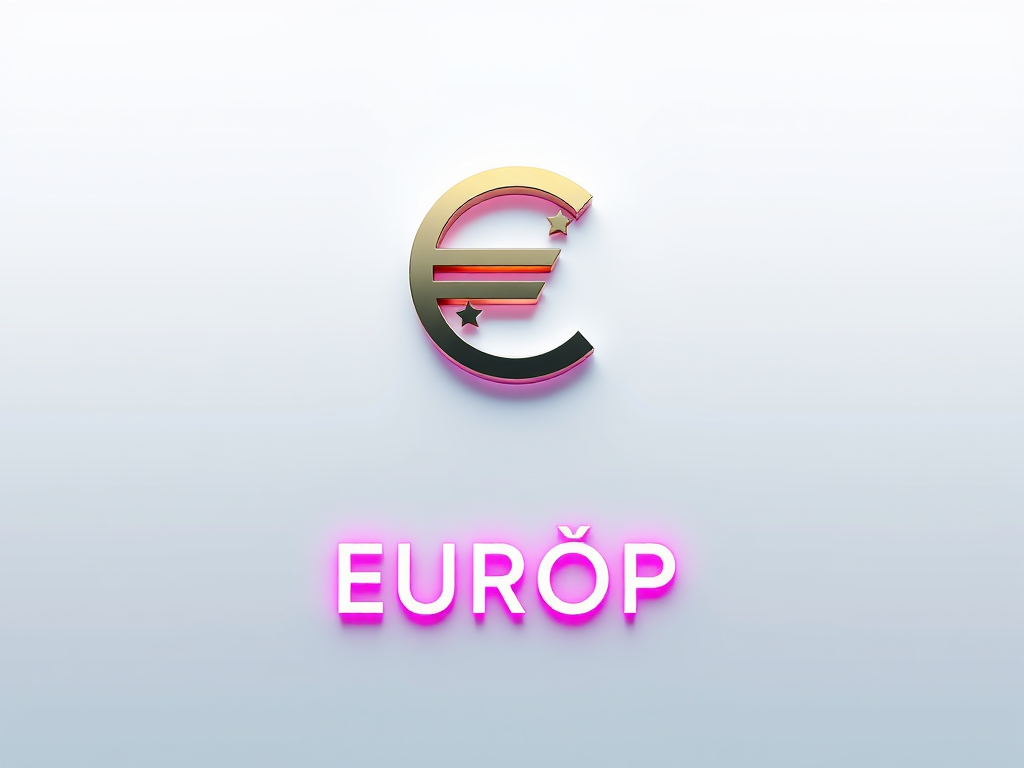Overview
Polkadot (DOT) is a next-generation blockchain protocol that aims to enable a decentralized web that users can control. Developed by the Web3 Foundation and launched in May 2020, Polkadot facilitates an internet where independent blockchains can exchange information and transactions trustless. DOT is the native cryptocurrency of the Polkadot network, used for governance, staking, and bonding.
Key Features
• Interoperability: Polkadot allows multiple blockchains to interoperate, enabling the transfer of any data or asset across different blockchains.
• Scalability: By supporting multiple parallel blockchains (parachains), Polkadot enhances scalability, allowing higher throughput.
• Shared Security: Polkadot offers pooled security for all connected blockchains, ensuring robust protection against attacks.
• Governance: DOT holders have control over the protocol and can participate in governance decisions such as protocol upgrades and fixes.
Technology
• Relay Chain: The central chain of the Polkadot network that provides security and consensus for the entire network.
• Parachains: Independent blockchains that run parallel to the relay chain, benefiting from Polkadot’s shared security and scalability.
• Bridges: Specialized parachains that enable interoperability with external blockchains such as Bitcoin and Ethereum.
• Nominated Proof of Stake (NPoS): Polkadot’s consensus mechanism, where validators secure the network and nominators back validators with their stake.
Market Performance
• Historic Price Trends: DOT has experienced significant price volatility since its launch, influenced by market dynamics and ecosystem developments.
• Market Capitalization: Polkadot consistently ranks among the top cryptocurrencies by market cap, reflecting its strong adoption and investor interest.
• Adoption Rate: Polkadot is gaining traction among developers and projects seeking interoperability and scalability solutions.
Pros
• Interoperability: Enables seamless communication and data transfer across blockchains, fostering a more connected ecosystem.
• Scalability: The use of parachains allows for higher throughput and improved scalability compared to single-chain networks.
• Governance: DOT holders can participate in the network’s governance, influencing critical decisions and upgrades.
• Shared Security: Provides robust security for all connected blockchains, reducing the risk of individual attacks.
Cons
• Complexity: Polkadot’s architecture, including relay chains and parachains, can be complex for new users and developers.
• Market Volatility: DOT’s price can be highly volatile, posing risks for investors and users.
• Development Stage: Polkadot’s ecosystem is still growing as a relatively new platform, which may present risks for early adopters.
• Competition: Faces competition from other interoperability-focused projects like Cosmos.
Conclusion and Final Thoughts
Polkadot (DOT) offers a promising solution for the interoperability and scalability challenges current blockchain networks face. Its unique architecture, including relay chains and parachains, provides robust security and high throughput, making it an attractive option for developers and users. Despite the complexity and market volatility, Polkadot’s robust governance model and growing ecosystem position it as a significant player in the blockchain space. As the platform continues to evolve and more parachains are launched, Polkadot’s potential for broader adoption and increased utility will likely grow.






